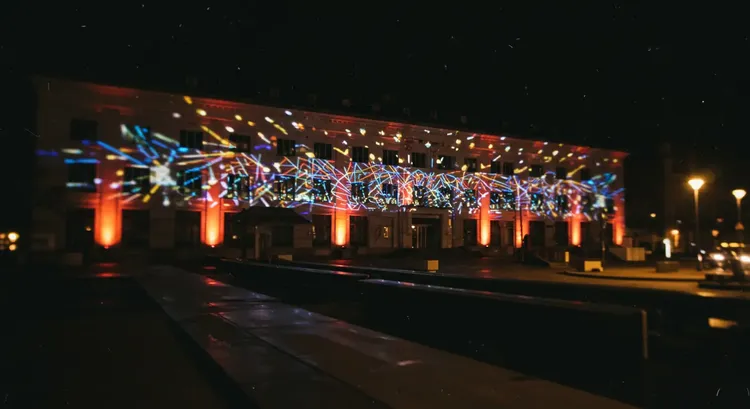Cómo las Tecnologías GSM y GPS Están Revolucionando la Gestión de Iluminación Arquitectónica en Tiempo Real 🌟
La iluminación arquitectónica y de calles moderna ha evolucionado mucho más allá de los sistemas simples basados en temporizadores. Hoy en día, gracias a las tecnologías GSM y GPS, es posible no solo controlar la iluminación de forma remota, sino también adaptarla en tiempo real a condiciones, escenarios y eventos específicos. En este artículo, exploraremos cómo funciona esto en la práctica, utilizando el ejemplo del sistema MONARQ de Sundrax. 💡

